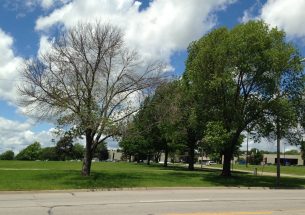News and Opinion

Protected areas can be the beating heart of nature recovery in the UK, but they must be more than lines on a map
READ MORE about Protected areas can be the beating heart of nature recovery in the UK, but they must be more than lines on a map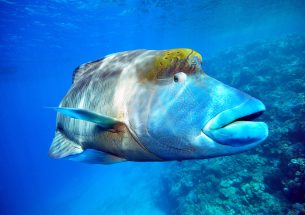
eDNA used to identify endangered fish in wet markets
READ MORE about eDNA used to identify endangered fish in wet markets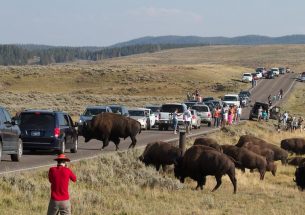
US national park place names contribute to erasing Indigenous cultures
READ MORE about US national park place names contribute to erasing Indigenous cultures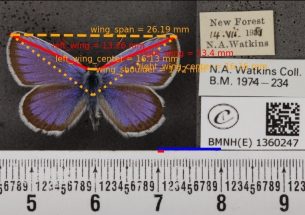
Digitised museum collections reveal impact of climate change on British butterflies
READ MORE about Digitised museum collections reveal impact of climate change on British butterflies
Why do protected areas matter?
READ MORE about Why do protected areas matter?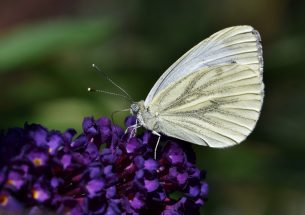
Warmer autumns could spell bad news for butterflies, suggests study
READ MORE about Warmer autumns could spell bad news for butterflies, suggests study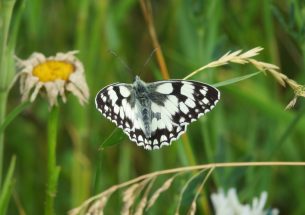
Rolling wildflower blocks: benefits for biodiversity
READ MORE about Rolling wildflower blocks: benefits for biodiversity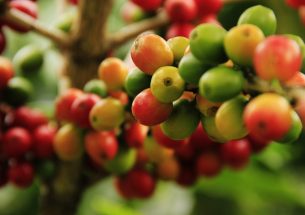
Biodiversity loss has knock-on effects on global markets
READ MORE about Biodiversity loss has knock-on effects on global markets
Losing the cover of darkness
READ MORE about Losing the cover of darkness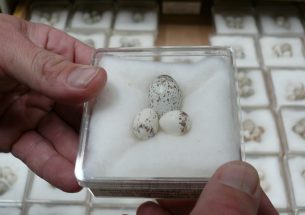
Birds are laying their eggs earlier, and climate change is to blame
READ MORE about Birds are laying their eggs earlier, and climate change is to blame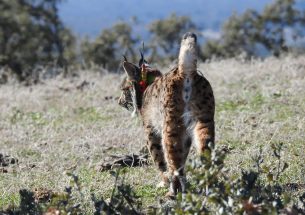
Rewilding apex predators can limit the seed dispersal by frugivorous carnivores
READ MORE about Rewilding apex predators can limit the seed dispersal by frugivorous carnivores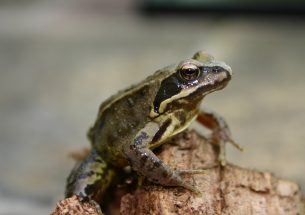
Protecting our most threatened and vulnerable: What does the future hold for the Wildlife and Countryside Act?
READ MORE about Protecting our most threatened and vulnerable: What does the future hold for the Wildlife and Countryside Act?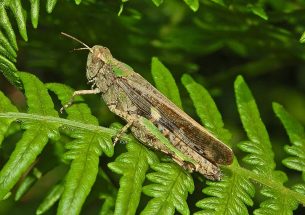
What do grasshoppers eat? New research shows similarities with mammal teeth
READ MORE about What do grasshoppers eat? New research shows similarities with mammal teeth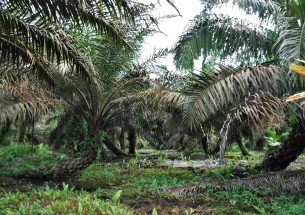
Restoring tropical peatlands supports bird diversity without impacting livelihoods
READ MORE about Restoring tropical peatlands supports bird diversity without impacting livelihoods